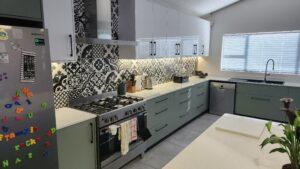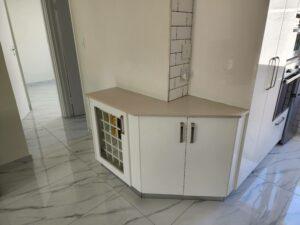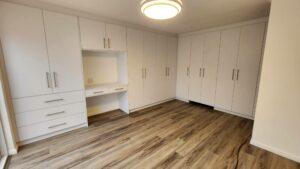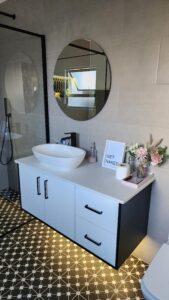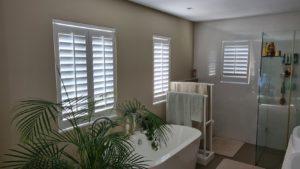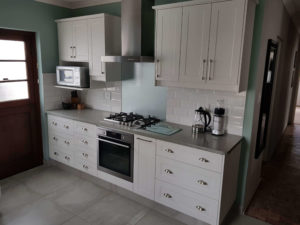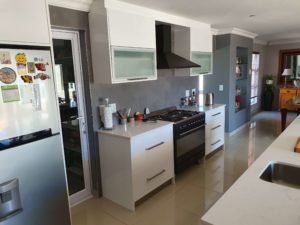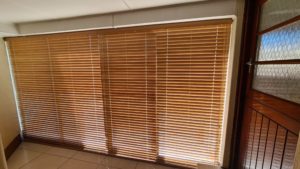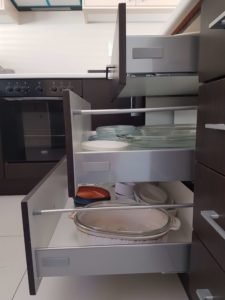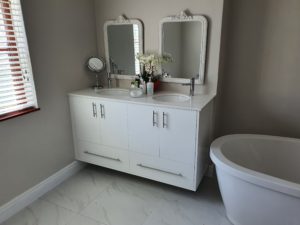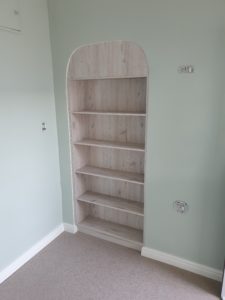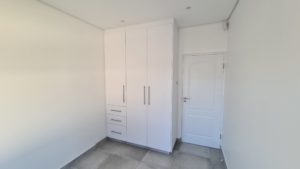A home library is a perfect place to escape from the hustle and bustle of daily life and get lost in a good book. However, creating a cosy reading nook can be challenging, especially when it comes to storage. Built-in cupboards are a great solution for storing books and creating a seamless, integrated look in your home library.
When it comes to built-in cupboards for home libraries, there are a few tips and tricks to keep in mind. First, consider the size and layout of your space. Custom built-in cupboards can be designed to fit your specific needs and maximise storage space. Additionally, incorporating a mix of open shelving and closed cupboards can help create visual interest and provide storage options for different types of books and decor.
Another important factor to consider when designing built-in cupboards for a home library is lighting. Adding built-in lighting can help showcase your book collection and create a cosy atmosphere for reading. Whether you prefer recessed lighting, sconces, or a combination of both, incorporating lighting into your built-in cupboards is an important element of creating a functional and inviting home library.
Choosing the Right Built-in Cupboards
When it comes to creating a cosy reading nook, built-in cupboards can be an excellent addition to your home library. They can provide ample storage space for your books, as well as add to the overall aesthetic of your space. Here are some tips to keep in mind when choosing the right built-in cupboards for your home library:
Consider the Size of Your Library
The first thing to consider when choosing the right built-in cupboards for your home library is the size of your collection. If you have a large collection of books, you’ll want to choose cupboards that are deep and wide enough to accommodate them. On the other hand, if your collection is smaller, you may be able to get away with cupboards that are more shallow.
Another thing to keep in mind is the height of your cupboards. If you have high ceilings, you may want to choose cupboards that go all the way up to the ceiling to maximise your storage space.
Think About the Style of Your Home
When choosing built-in cupboards for your home library, it’s important to think about the style of your home. You’ll want to choose cupboards that complement the existing style of your space. For example, if your home has a traditional style, you may want to choose cupboards with more ornate details. On the other hand, if your home has a modern style, you may want to choose cupboards with clean lines and a more minimalist design.
Maximising Storage Space
Finally, when choosing built-in cupboards for your home library, it’s important to think about how you can maximise your storage space. One way to do this is to choose cupboards with adjustable shelves. This will allow you to customise your storage space to fit your specific needs.
You may also want to consider adding drawers to your cupboards. This can be a great way to store smaller items, such as magazines or notebooks, that may not fit on your shelves.
Overall, when choosing the right built-in cupboards for your home library, it’s important to keep your specific needs and style in mind. By doing so, you can create a cosy reading nook that is both functional and beautiful.
Designing Your Cosy Reading Nook
Designing a cosy reading nook in your home library can be a fun and rewarding project. Here are some tips to help you create the perfect space for curling up with a good book.
Lighting
Good lighting is essential for a cosy reading nook. Natural light is ideal, so consider positioning your nook near a window. If natural light is not available, use warm, soft lighting to create a relaxing atmosphere. Table lamps or floor lamps with adjustable brightness are a great options.
Seating
The seating in your reading nook should be comfortable and supportive. A cosy armchair or chaise lounge is a classic choice, but built-in seating can also be a great option. Consider adding cushions or pillows for extra comfort. If you have limited space, a window seat or built-in bench can be a great space-saving solution.
Decor
The decor in your reading nook should be warm and inviting. Consider adding soft textiles like blankets or rugs to create a cosy atmosphere. Bookshelves or built-in cupboards are also a great addition to a home library reading nook, providing easy access to your favourite books. Personalise the space with artwork or framed prints that inspire you.
Organising Your Books
One of the most important aspects of creating a cosy reading nook in your home library is organising your books. A well-organised library not only looks great but also makes it easier to find the book you’re looking for. Here are some tips for organising your books:
Categorise Your Books
The first step in organising your books is to categorise them. You can categorise your books by genre, author, or subject matter. If you have a large collection of books, it may be helpful to create subcategories within each main category. For example, if you have a lot of mystery books, you could create subcategories for cosy mysteries, hard-boiled mysteries, and police procedurals.
One way to categorise your books is to use colour coding. This can be a fun way to organise your books and add a pop of colour to your library. You can group books by colour or use colour-coded stickers to indicate the genre or subject matter of each book.
Arrange Your Books
Once you have categorised your books, it’s time to arrange them. There are several ways to arrange your books, depending on your personal preference and the sise of your collection.
One popular method is to arrange your books alphabetically by author. This makes it easy to find a specific book and keeps all the books by the same author together. Another method is to arrange your books by genre or subject matter. This can make it easier to find books on a specific topic.
If you have a large collection of books, you may want to consider using a library cataloguing system. This can help you keep track of all your books and make it easy to find a specific book when you need it.
Another way to arrange your books is by size or colour. This can create an interesting visual display and add some variety to your library. However, it may not be the most practical way to organise your books if you have a large collection or need to find a specific book quickly.
Overall, the key to organising your books is to find a system that works for you. Whether you prefer to arrange your books alphabetically, by genre, or by colour, the most important thing is to create a system that makes it easy to find the book you’re looking for.
Maintenance and Care
Cleaning Your Built-in Cupboards
To keep your built-in cupboards looking their best, it’s important to clean them regularly. Dust and debris can accumulate quickly, especially if you have an extensive book collection. To clean your built-in cupboards, start by removing all of the books from the shelves. Use a soft, dry cloth to wipe down the shelves and remove any dust or debris. For tougher stains or spills, you can use a damp cloth or a mild cleaning solution. Be sure to dry the shelves thoroughly before placing your books back on them.
Protecting Your Books
In addition to keeping your built-in cupboards clean, it’s important to protect your books from damage. Direct sunlight can cause fading and discolouration, so it’s best to place your bookshelves away from windows or use window treatments to block out the sun. You can also use bookends to keep your books upright and prevent them from falling over. If you have valuable or rare books, consider storing them in protective covers or sleeves to prevent damage from dust, moisture, or handling. Another way to protect your books is to maintain a consistent temperature and humidity level in your home library. Fluctuations in temperature and humidity can cause pages to warp or curl, and can also attract pests like silverfish or booklice. Consider using a dehumidifier or air conditioner to regulate the humidity in your home, and avoid storing books in damp or humid areas like basements or attics. By following these tips for maintenance and care, you can keep your built-in cupboards and book collection looking their best for years to come.
Conclusion
Built-in cupboards are a great addition to any home library. They provide ample storage space for books, magazines, and other reading materials, while also adding a touch of elegance and sophistication to the room. With the right design and layout, built-in cupboards can help create a cosy and inviting reading nook that you’ll love spending time in.
When designing your built-in cupboards, it’s important to consider your specific needs and preferences. Think about the types of books and materials you’ll be storing, as well as any decorative items you want to display. This will help you determine the size, shape, and layout of your cupboards, as well as any additional features you may want to include.
Don’t be afraid to get creative with your built-in cupboards. Consider incorporating unique design elements, such as decorative mouldings, glass doors, or hidden compartments. You can also experiment with different colours and finishes to create a look that’s uniquely your own.
Finally, be sure to work with a professional carpenter or designer to ensure that your built-in cupboards are installed correctly and safely. With the right planning and execution, your built-in cupboards can become the centrepiece of your home library, providing a cosy and inviting space for reading, relaxing, and unwinding.


